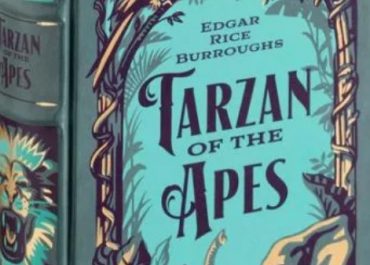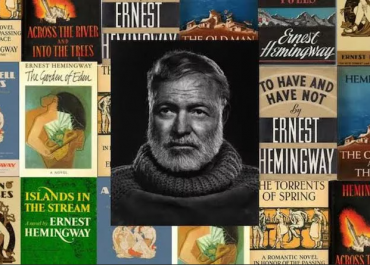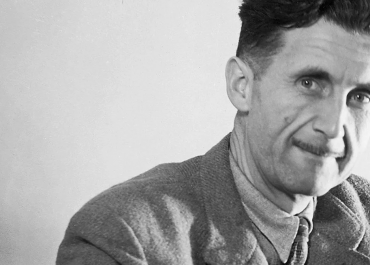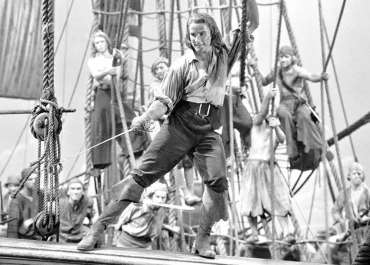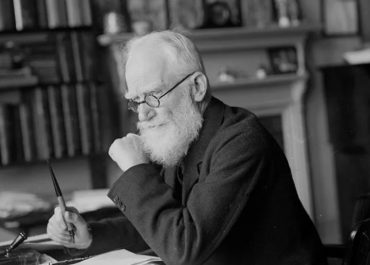
Intellectual property in advertising
Advertising is as old as civilization and commerce. Advertising companies are an important part of business, distribution and public communication. In the 20th century, advertising grew rapidly with new technologies. The Internet have facilitated the creation of new, advanced marketing techniques. But also, technologies have created new potential problems due to the ease and speed with which advertising content can be copied, collected, modified and distributed worldwide.
Today advertisements are common targets for infringement lawsuits. As in any creative industry, advertising companies are also faced with copycats, illegal use of their creative ads, products and contents by unfair competitors. Therefore, agencies must be careful, otherwise they will lose intellectual property rights.
Advertising includes the work of copywriters, graphic designers and artists. Creative content produced by advertising agencies comprises visual and written materials such as slogans, sounds, photographs, art, music, videos and graphics. Some of these could be protected under copyright law. For example, written material, photographs, art, graphics, the layout of an advertisement or publicity leaflet, music and videos, is covered by copyright protection. A website design may be protected under copyright law. Software to create digital advertisements, such as computer-generated imagery, can be also protected under copyright law. The same goes for databases.
Companies spend a lot of time and money creating a successful advertising campaign. That’s why it is so important to protect intellectual property assets. It is necessary for companies to have appropriate policies and strategies to protect their creations. They can take the following actions: systematically inform the public and potential infringers that advertising material is legally protected under copyright law; register the advertisement and any other material using special deposit services; use factual protection methods to prove ownership; also, depositing the pitch material could help to prove who created the work first.
Another question that appears is whether the IP created for a campaign belongs to the client or to the advertising firm, or to an employee. It should be noted that although authors of copyrighted works automatically have ownership of them, “works made for hire” belongs to whoever does the “hiring”. In fact, there can be several transfers of ownership from an advertising firm employee to the firm, and from the firm to its client. Note also the need for a written document if this arrangement is to be altered. It is also important to say that advertising agencies understand and focus on the value of the IP that they create for their clients. So, an advertising agency can retain ownership of the IP it creates for an advertising campaign and license it to the client for use in specific products or services, for a specific time period. Thus, while the licensed IP was used by the advertiser, the company would benefit in the form of royalty income. This compensation model can benefit the advertising agency.
However, protection is worthless if agencies do not react to infringements. This is necessary in order to form the competitive advantage of the company and strengthen the reputation.
In the modern world advertising makes a globally significant contribution in terms of creativity and innovation and has an important impact on other creative industries, such as graphic design, audiovisual production and interactive media. The intellectual property system offers a variety of opportunities which advertising companies can and should use. Knowledge about the value of IP assets is the key to managing them.
Note: the information for this article was taken from WIPO’s research.
